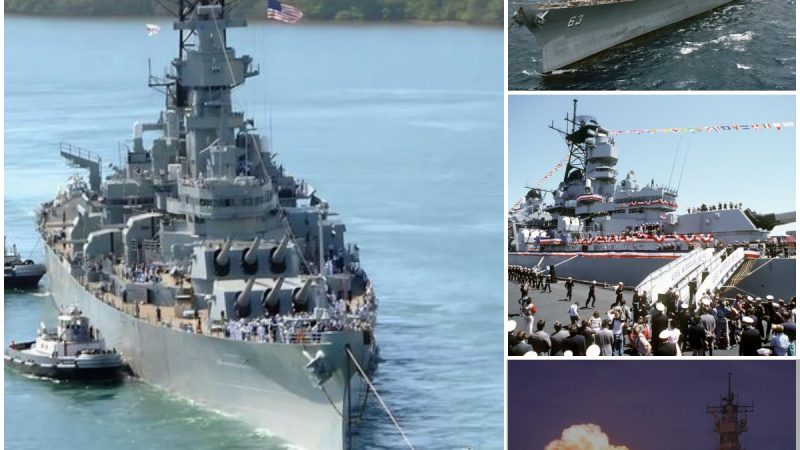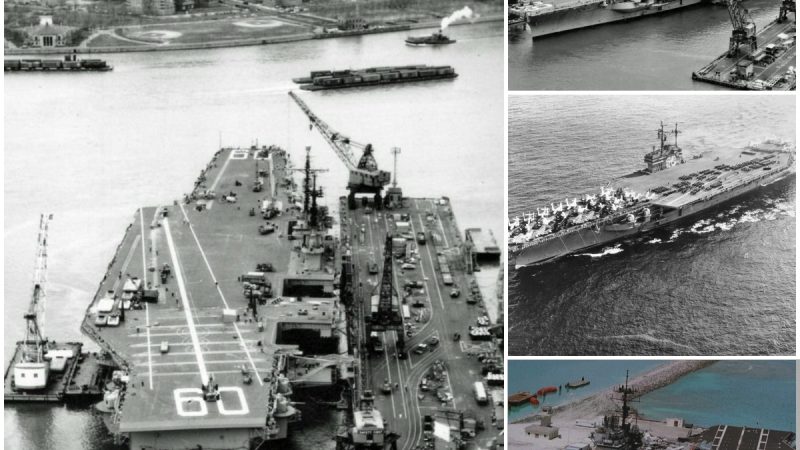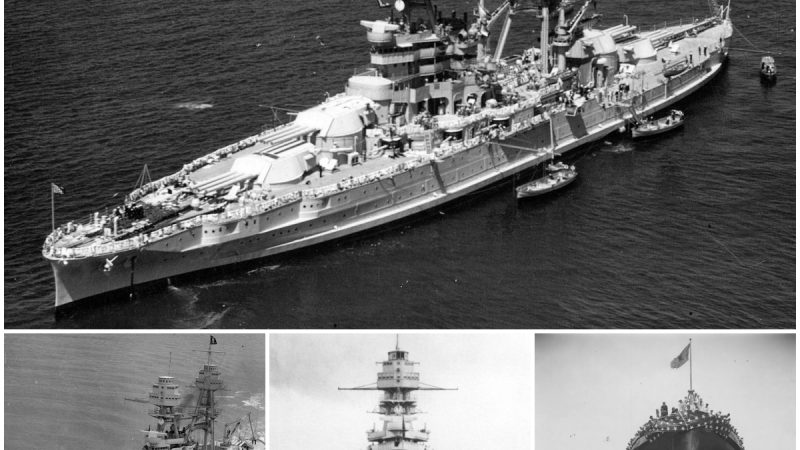Unrivaled Maritime Supremacy: The Nimitz Aircraft Carrier’s 42-Year Reign
The Nimitz-class carriers have played a pivotal role in almost every crisis and conflict that the United States has been involved in over the past forty-two years.
Among the most successful carriers in the history of the U.S. Navy, the post-war era saw the emergence of the Nimitz-class, a class of carriers named in honor of the esteemed World War II admiral, Chester W. Nimitz. The lead ship of this class, commissioned in 1975, proudly bears the fleet admiral’s name. Back then, the Nimitz-class carriers were groundbreaking in their size, outmatching any warship that had come before. Though the newer Ford class has since taken the lead, the ten Nimitz carriers will continue to form the backbone of the Navy’s carrier force for the next two to three decades, with some even projecting their service to span half a century or more.
The narrative behind the Nimitz carriers traces back to the mid-1960s. At that time, the U.S. Navy was progressively implementing nuclear propulsion throughout its fleet, from submarines to cruisers. In 1961, the first nuclear-powered aircraft carrier, the Enterprise, was commissioned. As older carriers were retired, the Navy faced a crucial decision about the power source for its future vessels. Secretary of Defense Robert McNamara was eventually persuaded to proceed with nuclear power due to its lower operating costs over the lifetime of the carriers. This led to the construction of three nuclear-powered carriers.

This marked the birth of the Nimitz class, with the first ship being laid down on June 22, 1968. Drawing on the Navy’s previous experience with conventionally powered supercarriers and the Enterprise, the Nimitz class retained the established carrier layout, featuring an angled flight deck, an island superstructure, and four steam-powered catapults capable of launching four planes per minute. At 1,092 feet, the Nimitz-class carriers were slightly longer than their predecessor, the Kitty Hawk, and significantly heavier by nearly nineteen thousand tons. Operating a Nimitz carrier at sea involves over five thousand personnel, with three thousand manning the ship and another two thousand serving in the air wing and various other positions.
Beyond the cost benefits, nuclear propulsion brought a host of advantages. Despite an official top speed of thirty-plus knots, nuclear-powered carriers are believed to be considerably faster. They can accelerate and decelerate more rapidly than conventional ships and maintain continuous cruising. The Nimitz-class carriers streamlined reactor design, reducing the number from eight to two. These two Westinghouse A4W reactors together produce 190 megawatts of power, equivalent to powering 47,500 American homes. Furthermore, nuclear propulsion reduces the fuel demand of a carrier battle group.
Undoubtedly, the core strength of a carrier lies within its air wing. During the Cold War era, Carrier Air Wings were more extensive than their modern counterparts. In the 1980s, a typical carrier air wing included F-14 Tomcat air-superiority fighters, F/A-18 Hornet multi-role fighters, A-6 Intruder attack bombers, E-2 Hawkeye early-warning and control planes, S-3A Viking anti-submarine planes, EA-6B Prowler electronic warfare planes, and SH-3 anti-submarine helicopters.
Today’s carrier air wing presents a different picture. Aging F-14 Tomcats have been replaced by F/A-18E/F Super Hornets, while the A-6 Intruder was retired without a direct successor after the cancellation of the A-12 Avenger carrier stealth bomber in 1991. The S-3A Viking was phased out in the 2000s, and the EA-6B Prowler gave way to the EA-18G Growler electronic attack aircraft. Consequently, the modern carrier air wing comprises around sixty aircraft, lacking dedicated fleet air defense, long-range strike, and anti-submarine warfare platforms.
Throughout the past forty-two years, the Nimitz-class carriers have been pivotal in nearly every crisis and conflict involving the United States. The Nimitz, for instance, played a role in the ill-fated attempt to rescue U.S. embassy personnel in Tehran in 1980. A year later, F-14s from the Nimitz engaged and downed two Su-22 Fitters of the Libyan Air Force during the Gulf of Sidra incident in 1981. During the Cold War, Nimitz-class carriers participated in numerous exercises with allies like NATO and Japan, aimed at countering potential Soviet Union threats.
During Operation Desert Storm, the Nimitz-class carrier Theodore Roosevelt was actively involved in air operations against Iraq. In 1999, the same carrier participated in NATO’s bombing campaign against Yugoslavia. Following the events of 9/11, carriers such as Carl Vinson and Theodore Roosevelt conducted the initial airstrikes against the Taliban and Al Qaeda. Subsequently, Nimitz-class carriers consistently supported air operations over Afghanistan and participated in the invasion and subsequent occupation of Iraq.
Over a thirty-year span, ten Nimitz carriers were constructed. The final carrier, the George H. W. Bush, incorporated cutting-edge technology, featuring an improved hull efficiency with a bulbous bow, a modernized and smaller island design, upgraded aircraft launch and recovery equipment, and enhanced aviation fuel storage and handling.
The Nimitz-class carriers stand as a monumental achievement – massive, intricate, and exceptionally successful ship designs. These ships will continue to carry the Nimitz name well into the 2050s, with the entire class serving a remarkable eighty consecutive years. Such performance and longevity are achievable only through the efforts of a highly skilled and competent Navy and shipbuilding team.
Hits: 32








